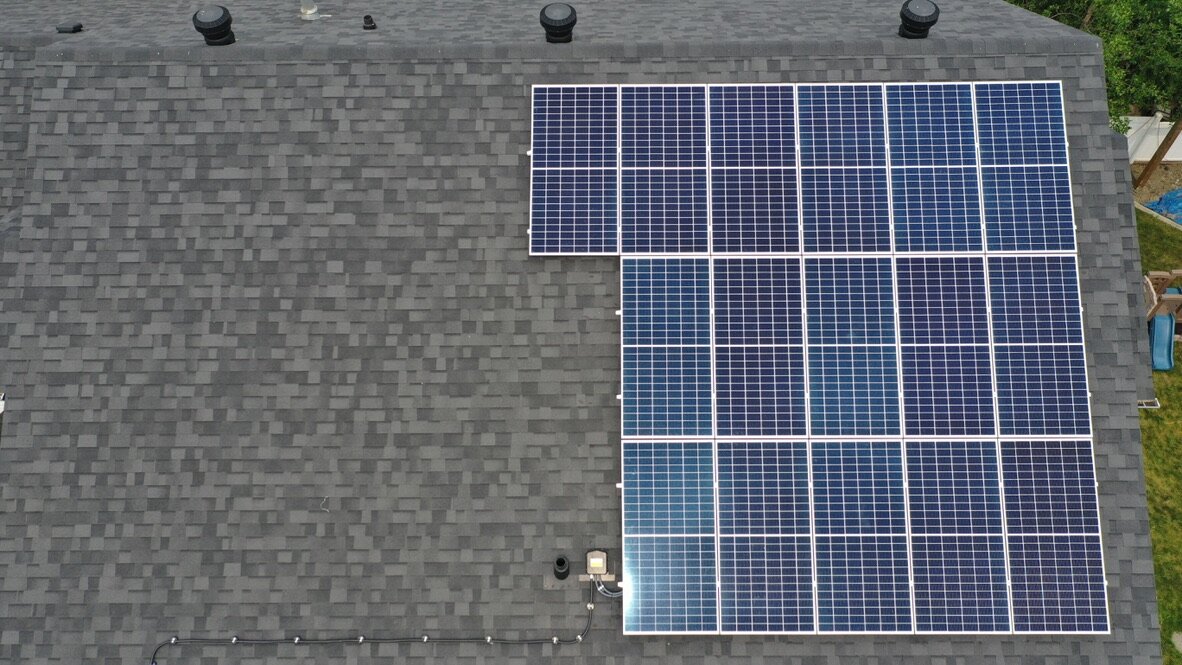The whole process of getting solar installed has been hugely educational: there’s a lot to learn about this area, and you can definitely get caught up in the details!
For the purposes of this post, I’ll only be talking about residential solar, i.e. panels on your roof. Utility scale solar is a different beast entirely (though, residential solar is reaping the benefit of the huge drops in Solar power cost, driven by utility scale adoption improving the learning rate of the technology).
System Designs
Residential solar systems typically involve only a few major components: The solar panels themselves, as well as an inverter system. For residential systems it seems there’s two common designs:
- A string inverter, usually with a power optimizer per panel.
- A number of micro inverters, up to 1 micro-inverter for each panel. All the quotes I received used micro-inverters that supported 4 panels per inverter.
An important part of the design space is around Maximum power point tracking. When many panels are connected to a single string inverter, shading on one panel can cause the efficiency of the whole system to drop. Power optimizers and micro-inverters avoid this problem by tuning each panel individually. The quotes with micro-inverters I received used micro-inverters that featured independent MPTT for each of the 4 connected panels.
DC Oversizing
An interesting design question with solar systems is DC oversizing. Simply put, DC oversizing is where you attach more solar panel to your system than your inverter can actually convert to AC at peak production. This results in ‘clipping’, where you max out the inverter with the panels.
A good read on clipping is this article What is Solar Clipping? (Pros and Cons for Your PV System), and it covers this quite a bit better than I will and in more detail. The biggest takeaway is that clipping can be a normal part of making more effective use of your inverter size during non-peak production periods.
Pricing
When you start getting prices for solar systems, you realize that quotes will be all over the place in system size and cost. Which makes comparing quotes not quite trivial. It appears best measure for comparing solar costs is Dollars per Watt ($/W).
Energyhub.org has solar analyses for the Canadian provinces that include an average $/W range for that province, to get a bit of a ballpark figure, though their estimates don’t include any incentives.
Next Time: Residential Solar in Alberta
